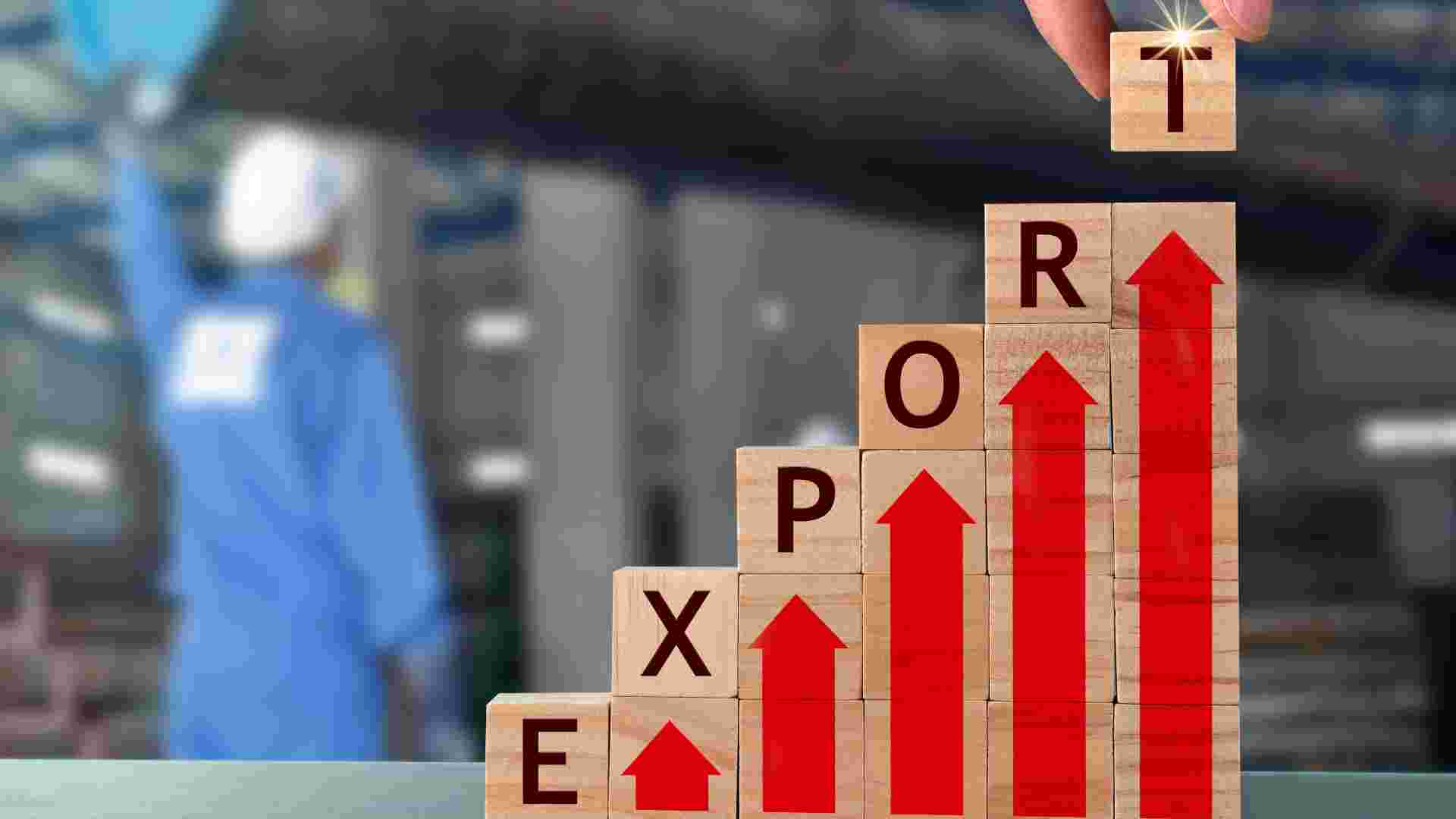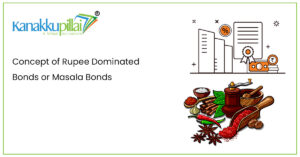![]()
Building Strong Partnerships: Collaborations and Alliances in the Catalytic Converter Export Business: In recent years, the catalytic converter export business in India has witnessed major growth due to the increasing global demand for environmentally friendly automotive solutions. As the automotive industry shifts towards cleaner technologies, catalytic converters have become a crucial component in reducing emissions. Building strong partnerships, collaborations, and alliances is imperative for businesses operating in this dynamic sector to capitalise on opportunities and navigate challenges effectively.
1. Understanding the Catalytic Converter Market
Before delving into partnership strategies, it’s crucial to have a comprehensive understanding of the catalytic converter market in India. This involves analysing market trends, regulatory landscapes, and identifying key players in the industry. India’s catalytic converter market is influenced by both domestic and international factors, making it essential for businesses to stay informed and adaptable.
2. Identifying Potential Partners
Successful partnerships begin by identifying potential collaborators who share common goals and values. In the catalytic converter export business, this may involve establishing relationships with manufacturers, suppliers, regulatory bodies, and research institutions. Thorough research and due diligence are vital to ensure that potential partners align with your business objectives and can contribute to the growth of the catalytic converter export business.
3. Collaborating with Manufacturers
Manufacturers play a pivotal role in the catalytic converter export business. Collaborating with reputable manufacturers can enhance product quality, reduce production costs, and ensure compliance with international standards. Establishing long-term relationships with manufacturers can lead to a reliable supply chain and streamlined production processes. This is particularly important in an industry where precision and adherence to regulations are critical.
4. Strategic Alliances with Suppliers
Building strong partnerships extends beyond manufacturing. Securing a stable supply of raw materials is equally essential. Forming strategic alliances with suppliers ensures a steady flow of materials required for catalytic converter production. Negotiating favourable terms, exploring bulk purchasing options, and maintaining open communication channels are key elements in cultivating strong partnerships with suppliers.
5. Navigating Regulatory Landscapes
The catalytic converter export business is subject to various international and domestic regulations aimed at controlling emissions and ensuring environmental sustainability. Establishing alliances with regulatory bodies and staying abreast of evolving regulations is crucial. This not only ensures compliance but also positions your business as a forward-thinking and responsible player in the global market.
6. Research and Development Partnerships
Innovation is a driving force in the catalytic converter industry. Collaborating with research institutions and investing in research and development initiatives can give businesses a competitive edge. Developing cutting-edge technologies, improving efficiency, and staying ahead of environmental standards are key areas where partnerships with research institutions can prove invaluable.
7. Risk Mitigation and Contingency Planning
Building strong partnerships involves anticipating and mitigating risks. Formulating contingency plans, especially in a business as dynamic as catalytic converter exports, is essential. Collaborate with partners to identify potential risks, assess their impact, and develop strategies to mitigate and respond effectively to unforeseen challenges.
8. The Power of Collaboration in Catalytic Converter Exports
In the ever-evolving landscape of catalytic converter exports, collaboration has appeared as a key driver of success. The demand for environmentally conscious automotive solutions has propelled the catalytic converter industry to new heights, and the synergy created through collaborations is proving to be a catalyst for mutual benefits. Here’s how strategic partnerships can contribute to the overall success of catalytic converter exports in India.
8.1. Enhanced Production Efficiency
Collaborating with manufacturers can significantly enhance production efficiency in the catalytic converter export business. By pooling resources and expertise, manufacturers can streamline production processes, reduce costs, and improve entire product quality. Shared technologies and best practices can lead to innovations that benefit all collaborators, creating a competitive advantage in the global market.
8.2. Stable Supply Chains through Supplier Collaborations
Ensuring a stable supply of raw materials is critical for the production of catalytic converters. Collaborating with reliable suppliers fosters long-term relationships and reduces the risk of disruptions. Bulk purchasing agreements and joint negotiations can lead to cost savings, providing a win-win situation for both exporters and suppliers. This stability in the supply chain is essential for meeting international demand and maintaining a competitive edge.
8.3. Compliance and Regulatory Advantage
Navigating complex international and domestic regulations is a significant challenge in the catalytic converter export business. Collaborating with regulatory bodies and industry associations allows exporters to stay informed about evolving standards and ensures compliance. Proactive engagement with regulatory partners not only helps in meeting legal requirements but also positions exporters as responsible and environmentally conscious entities, boosting their reputation in the global market.
8.4. Shared Research and Development Initiatives
Innovation is a driving force in the catalytic converter industry, and collaborative research and development (R&D) initiatives can lead to breakthroughs. By partnering with research institutions and other industry players, exporters can pool resources for advanced research, explore the latest technologies, and stay ahead of the curve. Shared knowledge and expertise contribute to the development of more efficient and environmentally friendly catalytic converters.
8.5. Risk Mitigation and Contingency Planning
The global market is fraught with uncertainties, ranging from geopolitical events to economic fluctuations. Collaborating with partners in risk assessment and contingency planning is crucial. By collectively identifying potential risks, exporters can develop robust contingency plans, ensuring the resilience of the supply chain and minimising the impact of unforeseen challenges.
8.6. Market Expansion through Strategic Alliances
Collaborative efforts can open doors to new markets and customers. Forming strategic alliances with distributors, dealers, and even competitors can lead to expanded market reach. By leveraging each other’s strengths and networks, exporters can tap into previously untapped regions, driving growth and diversifying their customer base.
Conclusion
In the catalytic converter export business in India, success hinges on the ability to forge strong partnerships, collaborations, and alliances. By understanding the market, identifying suitable partners, and staying proactive in navigating regulatory landscapes, businesses can position themselves for sustained growth and contribute to a cleaner, more sustainable automotive future. As the industry continues to evolve, adaptability and strategic partnerships will remain essential for success in the catalytic converter export business.





